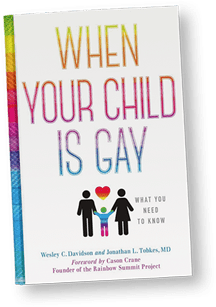Today is February 2nd, Groundhog Day. People gathered this morning at Gobbler’s Knob, a wooded knoll just outside of Punxsutawney, Pennsylvania, 65 miles NorthEast of Pittsburgh. Like the ancient Greeks, the audience is looking to a sorcerer to predict an important event.
This sorcerer has been predicting early spring or a long winter since 1887. Seldom has he been right – 39% of the time, but the crowd loves him and he has been immortalized in the film “Groundhog Day” starring Bill Murray. You see the Punxsutawney Phil is the smallest weather forecaster (also the furriest) – he’s a groundhog.
This morning, Phil saw his own shadow – an omen that we are in for six more weeks of a winter that has already been frigid. Why am I writing about this? It may seem off-topic until you realize the importance of shadows, psychological ones, that is, that follow people.
The Importance of Shadows, From Fables to Real Life
A gay friend of mine once referred to his sexual orientation as a shadow – something he couldn’t shake, because it was part of him. As the song “Me and My Shadow” says,
Me and my Shadow
We’re closer than smog when it clings to L.A.
We’re closer than Bobby is (was now) to J.F.K.
Not a soul can bust this team in two
We stick together like glue…
My friend tried to bury his shadow with denial, only to have it surface again like the groundhog periodically.
Eventually, he became proud of his shadow, and like Peter Pan’s Tinkerbell, who for a while was a dim light, became bright because people clapped and believed in him. (Peter Pan’s shadow was so important to him that Wendy Darling reattaches it to Peter when he, trying to escape, loses his shadow).
Parental Reactions to Shadows
Not only are GLBT persons cognizant of their shadows, but so are their straight parents. Some Mothers and Dads are haunted by the dark of a shadow, ubiqutous, yet regarded as an uninvited threat to their homes. Still, others regard their child’s orientation as simply there, somewhat invisible to them, sort of like the Prophet Elijahat Passover; you symbolically set a place for him at the Seder, knowing he won’t show up, but you believe he’s at the table anyway. And then there are those who see the shadow as such an integral part of their child’s sexual orientation that it’s bright and burnished in their hearts as well as their minds.
The parents may have struggled to get to that place or they, from the onset, may have accepted the child’s inseparable shadow as they would their child. It’s a similar journey, though for their child, perhaps, a longer one.

When Your Child Is Gay: What You Need To Know
For more detailed advice, see book, co-authored with a mother of a gay son and a psychiatrist, Jonathan L. Tobkes, M.D.
Posted in sexual orientation and sexual identity